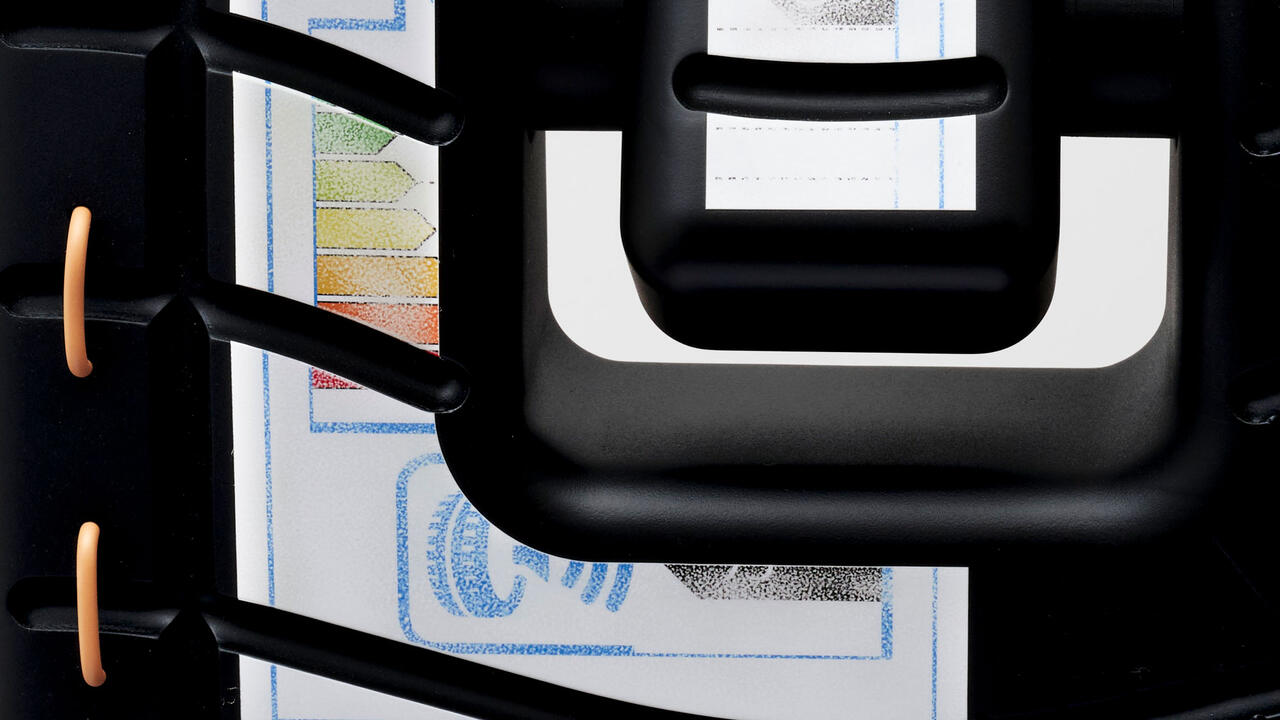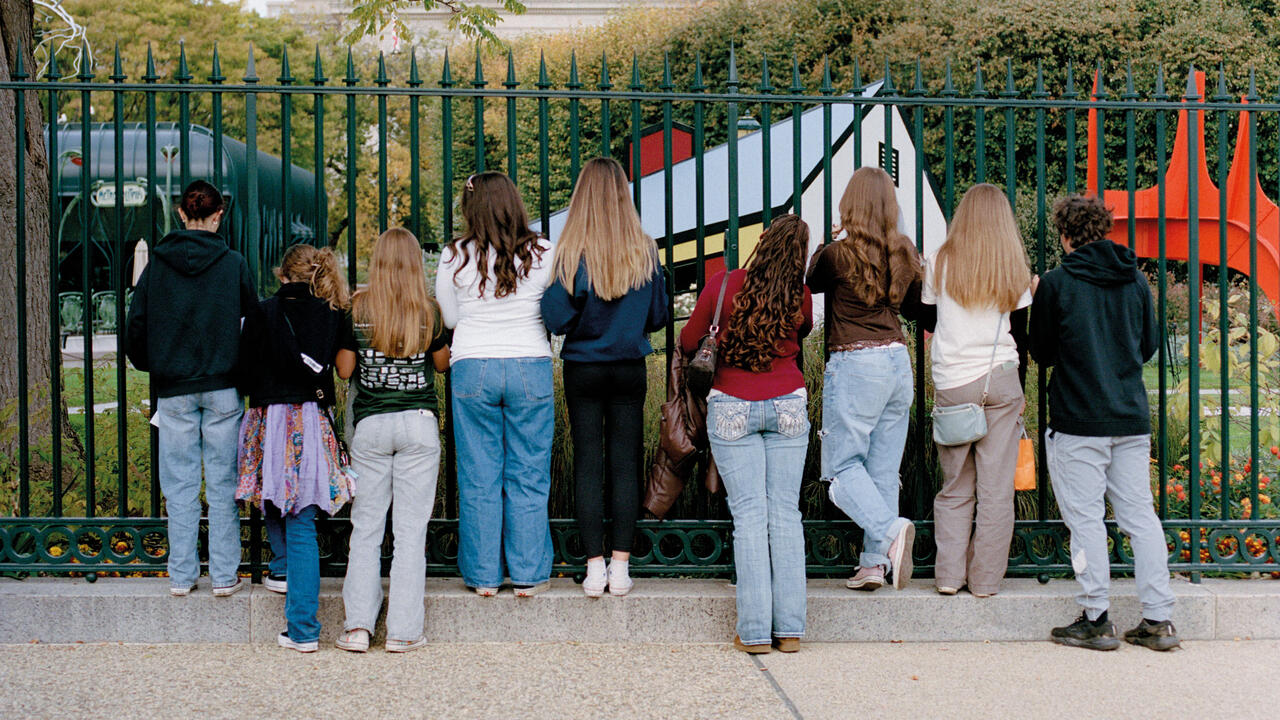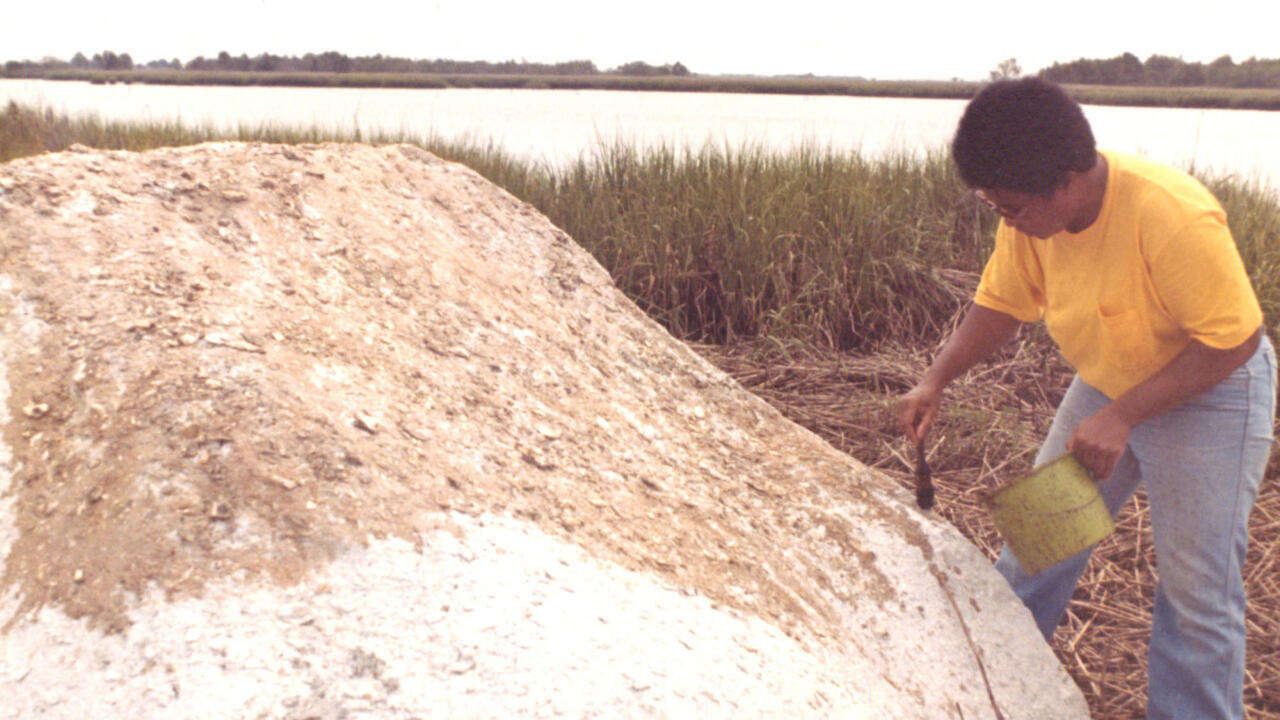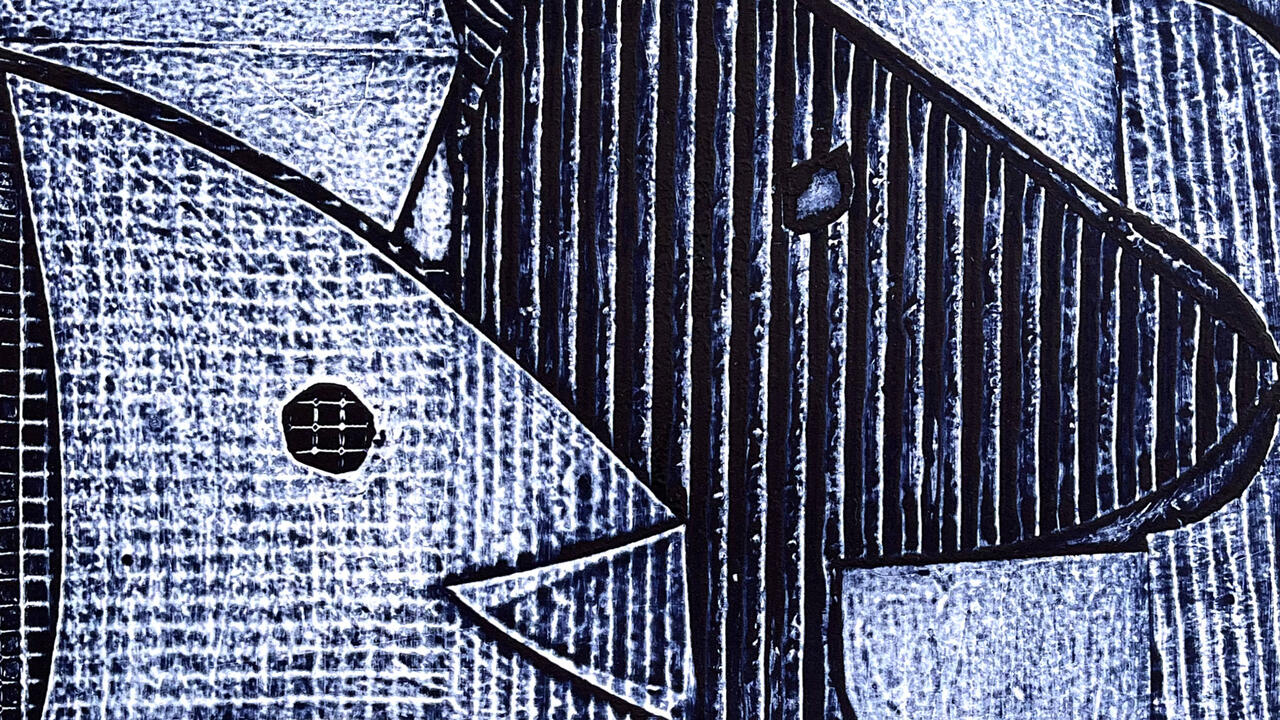Why It’s Time to Reclaim Romani Art History
Often unrecognized, Roma artists and intellectuals have been co-opted and colonized for centuries – a newly launched archive seeks to reconsider their contribution
Often unrecognized, Roma artists and intellectuals have been co-opted and colonized for centuries – a newly launched archive seeks to reconsider their contribution

Across centuries, the survival of Romani culture in Europe has depended upon a range of artistic forms – including oral history, storytelling, music, dance, theatre, metalwork, woodwork and painting – as well as everyday labour practices that perform intelligible Romani identities and narratives for both the community itself as well as for non-Roma. Last month, however, saw the launch of RomArchive: a digital archive of the Roma (on which I have acted as an advisor) that represents a major step forward in rethinking the very idea of Europe through a focus on Roma and Sinti arts, culture and history.
Passed down through generations within communities, the work of the Roma has often gone unrecognized, while the people themselves have been equally disregarded. Yet, as artists, intellectuals and activists, we Roma have generated extensive knowledge and created a vast array of cultural and artistic practices as part of a global legacy that has been co-opted and colonized by others – from individuals to nation states to entire continents. The span of the Roma influence ranges from flamenco, violin and accordion music through circus performance and horse breeding to poetry, theatre and contemporary art. Sinti Jazz, for example, popularized by Belgian-Manouche guitarist Django Reinhardt in the 1930s and ’40s, draws from the African-American jazz tradition and Romani rhythmic and instrumental elements. Throughout the 20th century, in a continuation of the intergenerational skills transfer that has been central to Roma culture for centuries, this jazz manouche technique and repertoire were handed down within communities as a means of making money.

Yet, while non-Roma may have come to appreciate – and appropriate – the artistry of this musical style, they have frequently done so without a true understanding of its Romani origins. Now, however, the time has come to reclaim our heritage and to recognize the significant contributions we have made to cultural formations, histories and practices throughout the world. The RomArchive is a crucial step in that process.
A four-day opening festival, ‘Performing RomArchive’, held at the Akademie der Künste in Berlin, officially launched the project on 24 January. In addition to symposia on arts, literature, film, the Romani Civil Rights Movement and the Holocaust, the event celebrated the treasures of the archive and the brilliance of Romani production through exhibitions and installations that challenged perceptions and asserted the true cultural capital of the Roma in Europe. For centuries, Romani musical forms have been incorporated within European classical music – the works of Franz Liszt and Béla Bartók, for instance – while Romani artists and performers, through their innate critique of bourgeois respectability and their rejection of land and property ownership, have played a central, yet largely uncredited, role in the evolution of the avant-garde and bohemianism.

In launching the RomArchive, however, we are not only making and marking history: we are engaging in a political act. Located in the Tiergarten, just a few minutes’ walk from the festival site at Akademie der Künste, stands the Memorial to the Sinti and Roma Murdered under National Socialism. On 27 January, we paused our activities to observe International Holocaust Remembrance Day, together with the larger Roma and Sinti community, honouring our dead as well as those who survived. This year also marks the 75th anniversary, on 2 August, of the mass murder of nearly 3,000 Romani women, children and men at the Sinti and Roma Camp at Auschwitz-Birkenau – the so-called zigeunerlager – and the day will further serve to commemorate the hundreds of thousands of other Sinti and Roma who were murdered by the Nazis and their allies.
Our people have been victims of genocide not only during the Holocaust, however, but throughout history, in multiple projects of state-sponsored terror. Indeed, we continue to be subject to pogroms in Ukraine, collective punishment and violence in Bulgaria, segregated schools, mass fingerprinting, enforced sterilization, mass incarceration and violence across Europe and beyond. In this context, the art that we create, our activism, our scholarship, our own stories of ourselves are political acts and – marked as it is by Romani authorship, Romani agency and Romani leadership – so, too, is this archive. This claiming of ‘we’ – of ourselves, our cultural production, our knowledge, our language and our beauty – is the basis for our identity and our sense of belonging.

To ensure its Romani ownership and safeguarding, the RomArchive will be housed at the European Roma Institute for Arts and Culture, where it will continue to be developed as a resource for Roma and non-Roma audiences alike. Through Romani artistic practice, through our labour and our stories, we have articulated, maintained and continually expanded an identity that crosses borders and opens up the possibility of a new politics of belonging – not just for our people, but for everyone. Once ‘European’ or ‘Western’ cultural output is reconceived as the product of a multiplicity of practices, origins and people, we can move beyond nationalist, monocultural histories to open up futures of belonging for all, through spaces and institutions that allow communities to speak for themselves, instead of being defined by dominant cultural formations. As we celebrate the launch of the RomArchive, we also celebrate the resilience – and resistance – that marks Romani survival: our flourishing cultural production, our community and our connections that expand out across Europe, through the world and into the future.
Main image: Małgorzata Mirga-Tas, O Fotografis (O Photograph), painting, 2015. Courtesy: © the artist





















